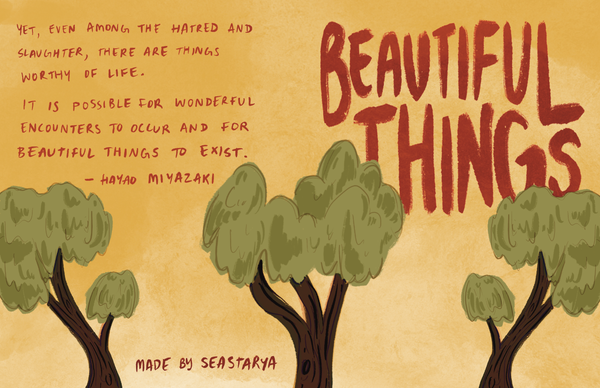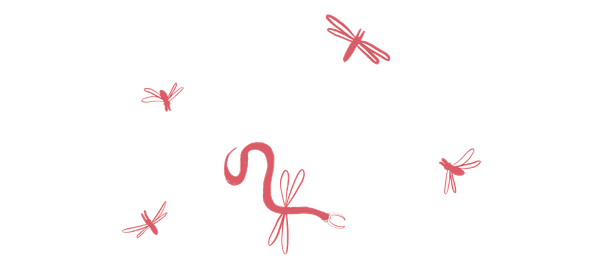the beginner’s guide to resetting a Los Angeles balcony garden
small square-footage, plenty of room to grow

After every LA rain-shower across the past several months, I’ve encountered mushrooms sprouting in our little balcony garden. The fungus has been roosting there the entire time; it just bursts out under the right conditions. Our balcony is the right combination of damp-and-cool for fungal reproductive structures, evidently.
I’ve learned that fungi are a critical part of soil health, and that the presence of mushrooms usually just means that underground fungi are chewing away at decaying matter in the soil, so I was both excited and unbothered. Signs of a self-propelling biome, whee!
Aaaand then, the fungus started raging so hard it choked out all our plants. Fuzzy white tendrils spread across the surface of the soil. At least fifty individual mushrooms dotted the large plastic bins I had planted — if that doesn’t sound like a lot, you’re right, but also … our balcony is maaaybe eight feet long and three feet wide. I could never seem to get the watering-balance quite right, and our plants started to wither and melt into the dirt.
Overall, not the cutest outcome (though not the least-cute, either — I’ve battled off some grisly aphid swarms before). In any case, I armed myself with gloves and mild fungicide-hopefuls (aka coffee grounds), and set to work.
Fast forward, and everything in the garden except my sweet, shockingly gigantic tomato plant (and nasturtium, sort of) is pretty much dead. The fungus absolutely overtook the strawberries, encrusted the cilantro, suffocated the wildflowers. When I tried to skip watering the garden in favor of letting the soil over-dry instead of over-soak, I forgot to tend to the jasmine vine and it dried up as well (that was on me, not the fungus, though). The state of our balcony is mildly depressing at the moment. And don’t even get me started on the Era of the Fungus Gnats that we clawed our way through in between.
Thus, before I embark on my full garden reset — here are a few things I observed (and will definitely learn from):
- Everything I read in preparation for starting a balcony garden told me that it’d be impossible to grow a tomato plant successfully, yet here were are with a tall, proud, fruit-bearing friend! Take that, photosynthesis.
- The nasturtium’s vines were strong and healthy for a long while before the fungus really took over, but it was only when they started to wither away that the plant (surprising me) pushed out a stunning orange flower.
- I helicopter-parented the heck out of the strawberries. They definitely did not need that much water with the pot I had put them in.
- When I grow California native seeds for the second time (this past attempt was my first), I’m planting them in the fall. I did not take California seasons seriously enough to believe that planting in spring would make a difference, much like how I’ve gotten away with most of my other non-native gardening. Spoiler alert, with native plants, it did make a difference.
Currently: I’m in the process of disinfecting our soil, and I’m excited to resow plants before we’re too far into the summer. Or maybe I’ll wait until after we’re a few more months in — I’m not sure yet.
In terms of how-can-Arya-take-a-cheesy-poetic-life-lesson from this, though, I feel like this whole garden experiment has been an apt representation of my time in LA so far. It’s the first properly new-to-me city I’ve lived in since I moved away from my hometown for undergrad, and it’s taken me a while to understand the different environment enough to grow resilient roots.
Six months, several dead plants, a few updated research docs, and one freshly swept balcony later, the soil (literal and metaphorical) feels ready. I’ve found so far that there’s always something growing in Southern California — even if it takes time to get started.
Somewhat-garden-related recent reads (book edition):



